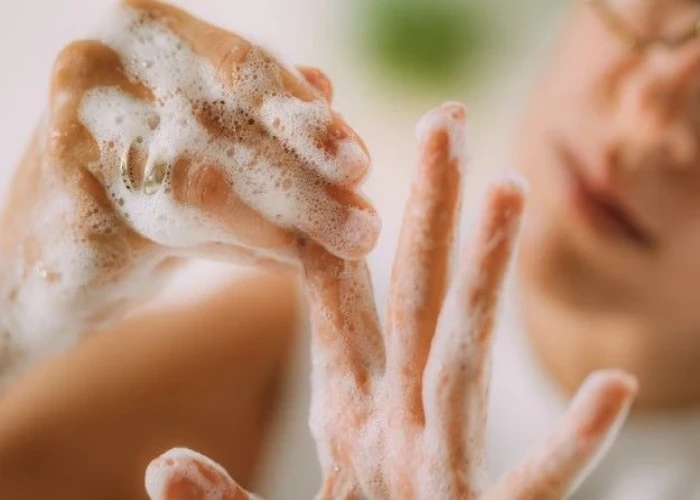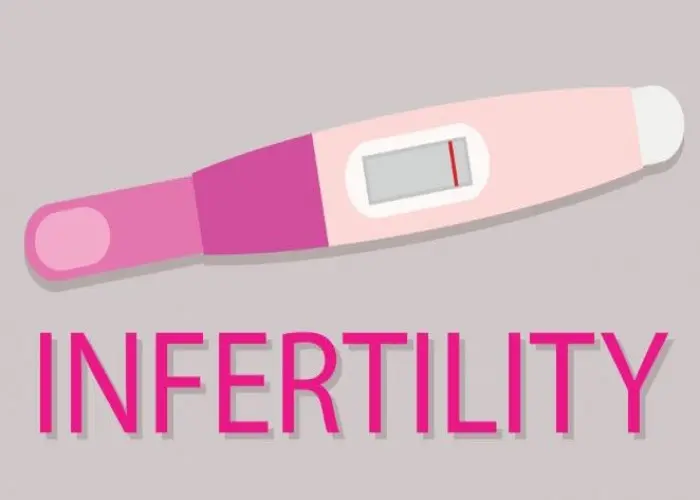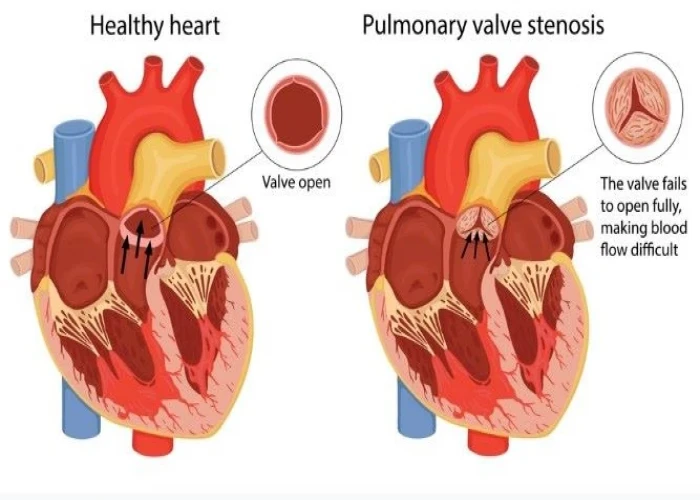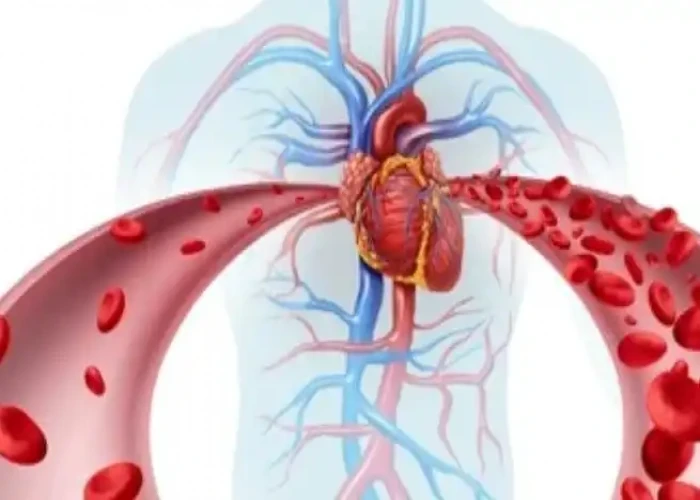 Welcome
Welcome
“May all be happy, may all be healed, may all be at peace and may no one ever suffer."
Glucoma

Glaucoma is a group of eye conditions that can cause damage to the optic nerve, which is responsible for transmitting visual information from the eye to the brain. The damage to the optic nerve is often related to high pressure in the eye, which can gradually reduce peripheral vision and potentially lead to blindness if left untreated.
There are several types of glaucoma, including primary open-angle glaucoma, angle-closure glaucoma, and normal-tension glaucoma. The condition can be asymptomatic in the early stages, but as it progresses, symptoms may include loss of peripheral vision, tunnel vision, and blurred vision.
Treatment for glaucoma typically involves the use of eye drops, which can help to lower the pressure in the eye. In some cases, oral medications or surgery may be necessary to manage the condition. Regular eye exams are also important to monitor the progression of the condition and to adjust the treatment plan as needed.
Prevention of glaucoma involves maintaining good eye health and avoiding risk factors that can increase the risk of developing the condition, such as high eye pressure, family history of the condition, and certain medical conditions, such as diabetes.
If you have a family history of glaucoma or are experiencing any symptoms of the condition, it is important to see an eye doctor for a comprehensive eye exam to assess your risk and diagnose the condition early. Early detection and treatment are crucial for preserving vision and preventing complications associated with glaucoma.
Research Papers
Disease Signs and Symptoms
- Headaches
- Eye pain or burning
- Nausea or vomiting
- Blurred vision of eye
- Seeing halos around lights
- Eye redness
Disease Causes
Glaucoma
Glaucoma is the result of damage to the optic nerve. As this nerve gradually deteriorates, blind spots develop in your visual field. For reasons that doctors don't fully understand, this nerve damage is usually related to increased pressure in the eye.
Elevated eye pressure is due to a buildup of a fluid (aqueous humor) that flows throughout the inside of your eye. This internal fluid normally drains out through a tissue called the trabecular meshwork at the angle where the iris and cornea meet. When fluid is overproduced or the drainage system doesn't work properly, the fluid can't flow out at its normal rate and eye pressure increases.
Glaucoma tends to run in families. In some people, scientists have identified genes related to high eye pressure and optic nerve damage.
Types of glaucoma include:
Open-angle glaucoma
Open-angle glaucoma is the most common form of the disease. The drainage angle formed by the cornea and iris remains open, but the trabecular meshwork is partially blocked. This causes pressure in the eye to gradually increase. This pressure damages the optic nerve. It happens so slowly that you may lose vision before you're even aware of a problem.
Angle-closure glaucoma
Angle-closure glaucoma, also called closed-angle glaucoma, occurs when the iris bulges forward to narrow or block the drainage angle formed by the cornea and iris. As a result, fluid can't circulate through the eye and pressure increases. Some people have narrow drainage angles, putting them at increased risk of angle-closure glaucoma.
Angle-closure glaucoma may occur suddenly (acute angle-closure glaucoma) or gradually (chronic angle-closure glaucoma). Acute angle-closure glaucoma is a medical emergency.
Normal-tension glaucoma
In normal-tension glaucoma, your optic nerve becomes damaged even though your eye pressure is within the normal range. No one knows the exact reason for this. You may have a sensitive optic nerve, or you may have less blood being supplied to your optic nerve. This limited blood flow could be caused by atherosclerosis — the buildup of fatty deposits (plaque) in the arteries — or other conditions that impair circulation.
Glaucoma in children
It's possible for infants and children to have glaucoma. It may be present from birth or develop in the first few years of life. The optic nerve damage may be caused by drainage blockages or an underlying medical condition.
Pigmentary glaucoma
In pigmentary glaucoma, pigment granules from your iris build up in the drainage channels, slowing or blocking fluid exiting your eye. Activities such as jogging sometimes stir up the pigment granules, depositing them on the trabecular meshwork and causing intermittent pressure elevations.
Disease Prevents
Glaucoma
These self-care steps can help you detect glaucoma in its early stages, which is important in preventing vision loss or slowing its progress.
- Get regular dilated eye examinations. Regular comprehensive eye exams can help detect glaucoma in its early stages, before significant damage occurs. As a general rule, the American Academy of Ophthalmology recommends having a comprehensive eye exam every five to 10 years if you're under 40 years old; every two to four years if you're 40 to 54 years old; every one to three years if you're 55 to 64 years old; and every one to two years if you're older than 65. If you're at risk of glaucoma, you'll need more frequent screening. Ask your doctor to recommend the right screening schedule for you.
- Know your family's eye health history. Glaucoma tends to run in families. If you're at increased risk, you may need more frequent screening.
- Exercise safely. Regular, moderate exercise may help prevent glaucoma by reducing eye pressure. Talk with your doctor about an appropriate exercise program.
- Take prescribed eyedrops regularly. Glaucoma eyedrops can significantly reduce the risk that high eye pressure will progress to glaucoma. To be effective, eyedrops prescribed by your doctor need to be used regularly even if you have no symptoms.
- Wear eye protection. Serious eye injuries can lead to glaucoma. Wear eye protection when using power tools or playing high-speed racket sports in enclosed courts.
Disease Treatments
The damage caused by glaucoma can't be reversed. But treatment and regular checkups can help slow or prevent vision loss, especially if you catch the disease in its early stages.
Glaucoma is treated by lowering your eye pressure (intraocular pressure). Depending on your situation, your options may include prescription eyedrops, oral medications, laser treatment, surgery or a combination of any of these.
Eyedrops
Glaucoma treatment often starts with prescription eyedrops. These can help decrease eye pressure by improving how fluid drains from your eye or by decreasing the amount of fluid your eye makes. Depending on how low your eye pressure needs to be, more than one of the eyedrops below may need to be prescribed.
Prescription eyedrop medications include:
- Prostaglandins. These increase the outflow of the fluid in your eye (aqueous humor), thereby reducing your eye pressure. Medicines in this category include latanoprost (Xalatan), travoprost (Travatan Z), tafluprost (Zioptan), bimatoprost (Lumigan) and latanoprostene bunod (Vyzulta).
- Possible side effects include mild reddening and stinging of the eyes, darkening of the iris, darkening of the pigment of the eyelashes or eyelid skin, and blurred vision. This class of drug is prescribed for once-a-day use.
- Beta blockers. These reduce the production of fluid in your eye, thereby lowering the pressure in your eye (intraocular pressure). Examples include timolol (Betimol, Istalol, Timoptic) and betaxolol (Betoptic).
- Possible side effects include difficulty breathing, slowed heart rate, lower blood pressure, impotence and fatigue. This class of drug can be prescribed for once- or twice-daily use depending on your condition.
- Alpha-adrenergic agonists. These reduce the production of aqueous humor and increase outflow of the fluid in your eye. Examples include apraclonidine (Iopidine) and brimonidine (Alphagan P, Qoliana).
- Possible side effects include an irregular heart rate, high blood pressure, fatigue, red, itchy or swollen eyes, and dry mouth. This class of drug is usually prescribed for twice-daily use but sometimes can be prescribed for use three times a day.
- Carbonic anhydrase inhibitors. These medicines reduce the production of fluid in your eye. Examples include dorzolamide (Trusopt) and brinzolamide (Azopt). Possible side effects include a metallic taste, frequent urination, and tingling in the fingers and toes. This class of drug is usually prescribed for twice-daily use but sometimes can be prescribed for use three times a day.
- Rho kinase inhibitor. This medicine lowers eye pressure by suppressing the rho kinase enzymes responsible for fluid increase. It is available as netarsudil (Rhopressa) and is prescribed for once-a-day use. Possible side effects include eye redness, eye discomfort and deposits forming on the cornea.
- Miotic or cholinergic agents. These increase the outflow of fluid from your eye. An example is pilocarpine (Isopto Carpine). Side effects include headache, eye ache, smaller pupils, possible blurred or dim vision, and nearsightedness. This class of medicine is usually prescribed to be used up to four times a day. Because of potential side effects and the need for frequent daily use, these medications are not prescribed very often anymore.
Because some of the eyedrop medicine is absorbed into your bloodstream, you may experience some side effects unrelated to your eyes. To minimize this absorption, close your eyes for one to two minutes after putting the drops in. You may also press lightly at the corner of your eyes near your nose to close the tear duct for one or two minutes. Wipe off any unused drops from your eyelid.
If you have been prescribed multiple eyedrops or you need to use artificial tears, space them out so that you are waiting at least five minutes in between types of drops.
Oral medications
If eyedrops alone don't bring your eye pressure down to the desired level, your doctor may also prescribe an oral medication, usually a carbonic anhydrase inhibitor. Possible side effects include frequent urination, tingling in the fingers and toes, depression, stomach upset, and kidney stones.
Surgery and other therapies
Other treatment options include laser therapy and various surgical procedures. The following techniques are intended to improve the drainage of fluid within the eye, thereby lowering pressure:
- Laser therapy. Laser trabeculoplasty (truh-BEK-u-low-plas-tee) is an option if you have open-angle glaucoma. It's done in your doctor's office. Your doctor uses a small laser beam to open clogged channels in the trabecular meshwork. It may take a few weeks before the full effect of this procedure becomes apparent.
- Filtering surgery. With a surgical procedure called a trabeculectomy (truh-bek-u-LEK-tuh-me), your surgeon creates an opening in the white of the eye (sclera) and removes part of the trabecular meshwork.
- Drainage tubes. In this procedure, your eye surgeon inserts a small tube shunt in your eye to drain away excess fluid to lower your eye pressure.
- Minimally invasive glaucoma surgery (MIGS). Your doctor may suggest a MIGS procedure to lower your eye pressure. These procedures generally require less immediate postoperative care and have less risk than trabeculectomy or installing a drainage device. They are often combined with cataract surgery. There are a number of MIGS techniques available, and your doctor will discuss which procedure may be right for you.
After your procedure, you'll need to see your doctor for follow-up exams. And you may eventually need to undergo additional procedures if your eye pressure begins to rise or other changes occur in your eye.
Treating acute angle-closure glaucoma
Acute angle-closure glaucoma is a medical emergency. If you're diagnosed with this condition, you'll need urgent treatment to reduce the pressure in your eye. This generally will require both medication and laser or other surgical procedures.
You may have a procedure called a laser peripheral iridotomy in which the doctor creates a small opening in your iris using a laser. This allows fluid (aqueous humor) to flow through it, relieving eye pressure.
Disease Diagnoses
Disease Allopathic Generics
-
Vitamin B complex
Medicines like vitamin B-complex and vitamin A should be given for nerve weakness.
Take 2-4 spoons 3 times a day after meals.
-
Vitamin A (Retinol)
1 daily or 1/2 per week depending on age.
The disease is very complex. So it is imperative to get treatment under the supervision of a good specialist or ophthalmologist.
Disease Ayurvedic Generics
Disease Homeopathic Generics
Disease yoga
Glucoma and Learn More about Diseases

Obsessive-compulsive disorder (OCD)

Infertility (Sterility)

Torn meniscus

Pulmonary valve stenosis

Vitamin deficiency anemia

Alzheimers disease

Primary biliary cholangitis

Constipation
glucoma, গ্লুকোমা
To be happy, beautiful, healthy, wealthy, hale and long-lived stay with DM3S.
